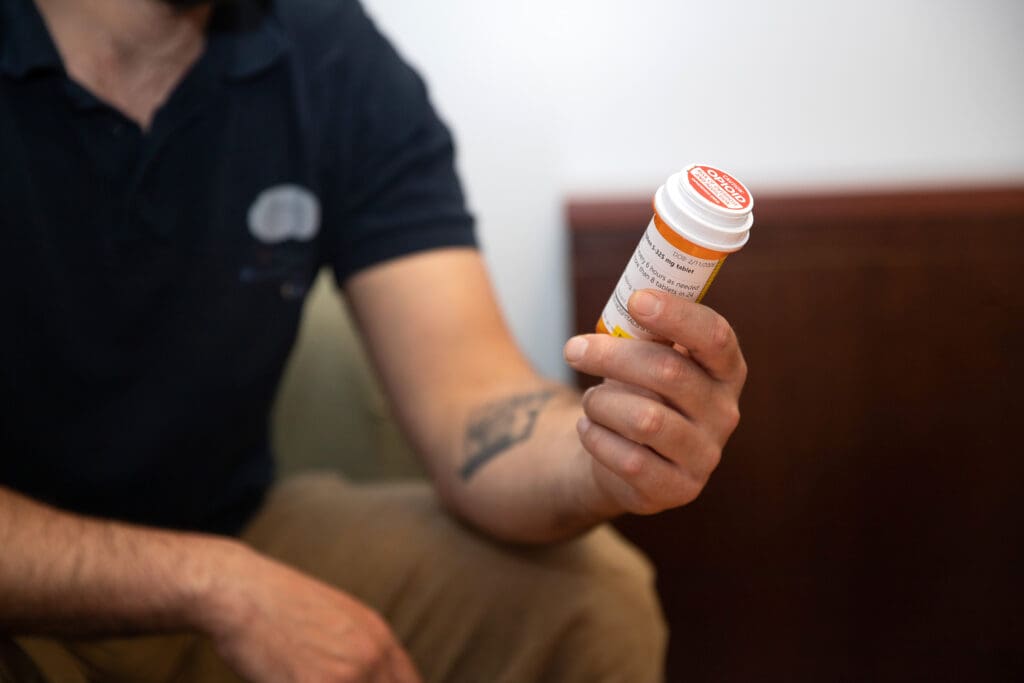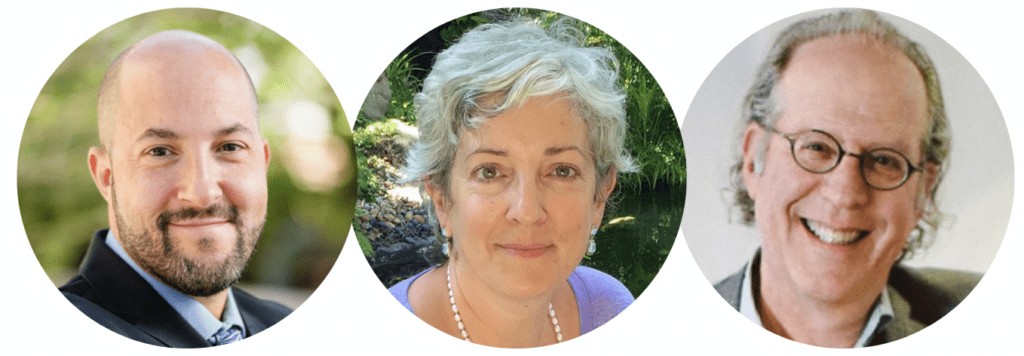
As Mind & Life celebrates the 20th anniversary of the Francisco J. Varela Grants, we’re pleased to share the voices and experiences of Varela grantees. Eric Garland, PhD, LCSW is a Mind & Life Varela Grantee and Fellow. He is Endowed Professor in Health Sciences at the Sanford Institute for Empathy and Compassion, Professor of Psychiatry at University of California San Diego, and Director of UCSD ONEMIND (Optimized Neuroscience-Enhanced Mindfulness Intervention Development).
Opioid addiction has been described as a “disease of despair,” a term that captures not just the overwhelming impact of addiction on individuals, but also the underlying social and psychological factors driving its spread. This disease is rooted in a variety of sources—ranging from rising income inequality and lack of opportunity to intergenerational trauma and the egocentric materialism that permeates modern society. Social isolation, a growing feature of our contemporary lives, further exacerbates the problem, leaving individuals vulnerable to the lure of opioids as a temporary escape from pain and a pathway to fleeting relief from suffering.
But this description is more than a metaphor—it resonates deeply with what neuroscientific research tells us about addiction. The way opioids interact with the brain’s reward circuitry is central to understanding why the crisis has taken such a profound hold on society. As addiction takes root, it rewires the brain, making it more sensitive to stress and pain while blunting the ability to experience pleasure and meaning in life. Opioid dependence traps people in a vicious cycle and over time, they are less able to find joy in everyday experiences, which drives them to seek increasingly higher doses in a desperate attempt to maintain a sense of well-being. This is the downward spiral of addiction—a self-perpetuating gyre of craving and despair that robs individuals of their autonomy and hope.
The Neuroscience of Addiction
At the core of opioid addiction is a dysregulation of the brain’s reward system. Opioids initially provide a rush of euphoria, acting on the brain’s natural pleasure centers. However, as dependence develops, these same pleasure circuits become desensitized, and the user’s ability to derive satisfaction from natural rewards—like a meaningful conversation or a beautiful sunset—begins to erode. This breakdown of the brain’s ability to experience normal healthy pleasure is a hallmark of addiction.
At the same time, the brain becomes hypersensitive to drug-related cues, which come to trigger intense cravings and the automatic habit of drug use. Thus, drug use persists in spite of adverse consequences to one’s own wellbeing and that of the people they love. Even when the individual has the sincere desire to stop using drugs, the addiction may continue as an unconscious, habitual, and compulsive behavior that subverts free will.
Eventually, chronic opioid use changes how the brain processes physical and emotional pain, making it more sensitive to discomfort and stress. In essence, addiction rewires the brain in ways that promote its own continuation: as people feel increasingly stressed, isolated, and unable to derive meaning from life, they turn to opioids as a form of self-medication. This cycle of reward dysregulation and increasing dependence leaves individuals struggling to regain control over their lives and their health.
Mindfulness-Oriented Recovery Enhancement (MORE): A Path to Healing
Understanding the biological mechanisms of addiction is one thing, but finding ways to treat it effectively is another. That’s where innovative approaches, like Mindfulness-Oriented Recovery Enhancement (MORE), come into play. In my early work as a psychotherapist I first conceived of MORE, and then later as a doctoral student pilot-tested this meditation-based therapy in 2008 through a Mind and Life Institute Francisco J. Varela Grant. MORE was designed to help heal the reward dysregulation underpinning addiction, emotional distress, and chronic pain. The core idea was to teach people to use: (a) mindfulness to disrupt automatic addictive habits and alleviate pain; (b) reappraisal to find meaning in the face of adversity; and (c) savoring the good in their lives as a means of amplifying natural healthy pleasure and positive emotions. Through the synergy of these therapeutic processes, MORE opens a path toward experiences of self-transcendence—the sense of interconnectedness between the self and the world. The study of these qualities as the antidote to the downward spiral of addiction was a completely novel direction for contemplative science.
The Ripple Effect of Innovation in Contemplative Science
MORE’s development began with an initial $15,000 investment from the Mind & Life Francisco J. Varela Grant and has led to extraordinary results. Over the past 16 years, the MORE research program has grown exponentially, receiving more than $80 million in grants for clinical trials and neuroscientific research. This investment has allowed for a comprehensive examination of MORE’s effectiveness in treating opioid addiction and chronic pain, as well as its neurobiological mechanisms of action.
To date, MORE has been tested in 13 clinical trials involving over 1,300 participants. In a study published in the prestigious JAMA Internal Medicine, MORE was shown to relieve chronic pain and reduce opioid misuse by 45% at a nine-month follow-up, nearly tripling the effectiveness of standard therapy. Later, in JAMA Psychiatry, we found that adding MORE to methadone treatment reduced treatment dropout and led to a 42% greater reduction in relapse back to drug use than typical methadone treatment. Further, we have found that MORE reduces opioid misuse by stimulating the brain signature of self-transcendence.
With MORE now an evidence-based treatment for addiction and chronic pain, I am working hard to disseminate this therapy around the world. To date, I’ve trained more than 900 clinicians in the U.S. and internationally, who are now delivering MORE to thousands of patients. I am also working to get the word out to policymakers and health systems that MORE is a pragmatic and effective means of addressing the ongoing opioid crisis. Ultimately, if the right connections can be made, MORE’s widespread dissemination might be supported federally or by the opioid settlement monies now reaching the states. What started as a small project is now becoming a large-scale movement toward healing the neurological and emotional wounds caused by opioid addiction.
The Importance of Supporting Emerging Research
The success of the MORE program underscores the importance of investing in emerging research ideas from junior scholars and seasoned scientists. Emerging research often takes the most innovative approaches to today’s most pressing problems. It is these new, cutting-edge ideas that pave the way for breakthroughs in science and medicine. MORE’s story demonstrates that with the right support, small investments can lead to massive, life-saving outcomes. By addressing the root causes of addiction at both neurophysiological and emotional levels, MORE offers a way to help individuals reclaim their lives, their autonomy, and their sense of purpose. But continued progress in the fight against the opioid epidemic depends on sustained support for research programs like this one.
As we look toward the future, supporting emerging research and novel approaches is critical to addressing the challenges of today and tomorrow. There is also a great need to translate and implement scientific discoveries into real world policies and programs that change the way health care is delivered. With continued investment and a commitment to scientific innovation, there is hope for recovery, even in the face of despair.



